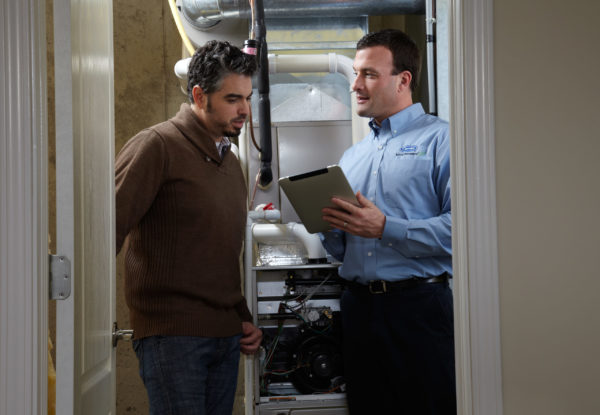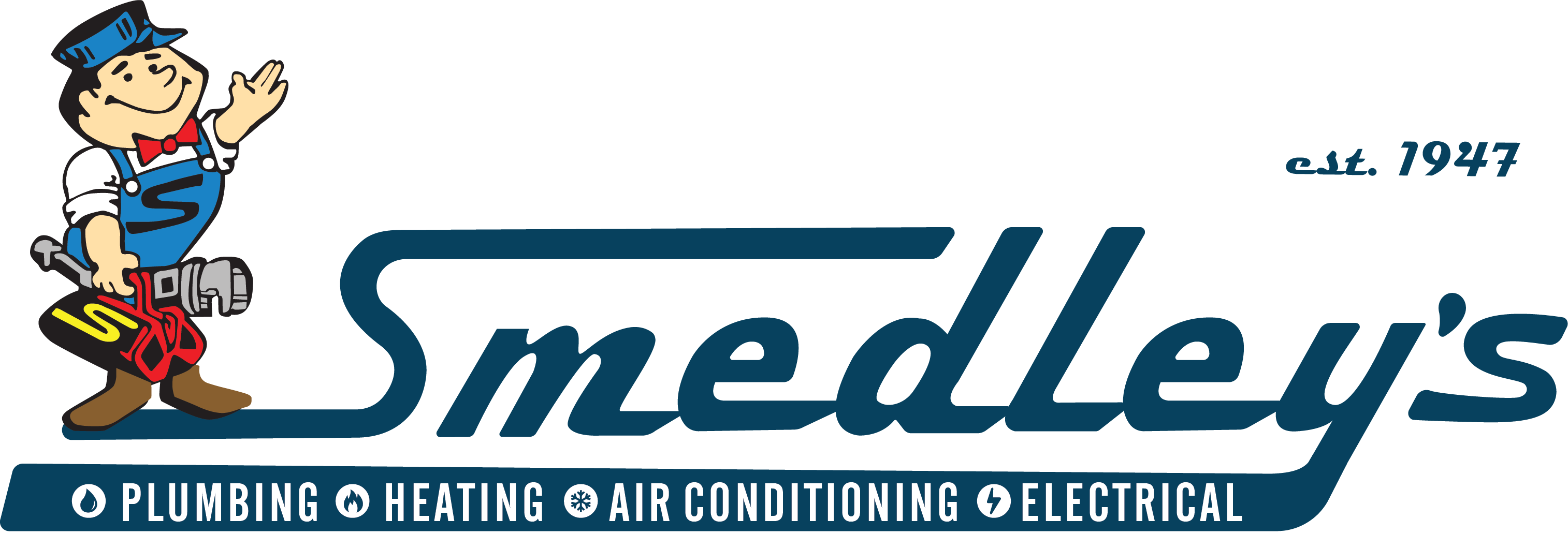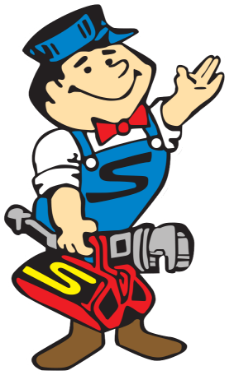
When temperatures in Layton, Utah plummet, your first defense against the cold is your home heating system. But what happens when the power goes out? Although your furnace uses gas as its fuel, it relies upon electricity for operation. If your home experiences an outage, you’ll want to have an alternative strategy for keeping warm. Keep reading to find out why.
The Difference Between Creating Heat and Running
It’s a common misconception that gas-powered heaters will continue to operate when the lights go out. Gas furnaces use either propane or natural gas to create heat. This fuel undergoes a controlled combustion process, and the resulting heat is used to create and maintain comfortable indoor temperatures. However, the combustion process that drives heating in your home is powered by electricity. Your gas furnace has a number of components that rely on a continuous electrical supply to do their job. Thus, the most important distinction to make is that of heat production and overall furnace operation. The functions of your furnace are reliant upon electricity even though the actual production of heat is not.
Which Components Need Electricity?
Many years ago, all gas furnaces had pilot lights. When these pilot lights blew out, homeowners could relight them on their own or schedule an HVAC service. However, pilot lights on gas furnaces have been gradually and quietly phased out. They’ve been replaced with modern, electric ignition switches. Electric ignition switches are recognized as being safer than pilot lights and a lot easier to maintain. If you have a modern gas furnace that has an electric ignition switch, your unit won’t even be able to turn on during an outage.
Other furnace components that require electrical power include:
- Relay switches
- Blower motors
- Circuit boards
Relay switches control the flow of gas to and through your furnace. They also govern your furnace’s safety devices such as its thermocouple and fuel regulator. Circuit boards within your home heating system manage communication between your thermostat and your furnace. Without power, your thermostat wouldn’t be able to alert your furnace of cold indoor temperatures to trigger the heating cycle.
Blower motors within your home heating system support air distribution. They force heated air through your HVAC ductwork so that it can be deposited into individual zones or rooms. When the power goes out, blower motors stop working and air distribution comes to an end.
What Can You Do to Stay Warm During an Outage?
During times of extremely cold weather, power outages create home heating emergencies that aren’t easily solved. After all, when a gas furnace won’t work during a power outage, this isn’t an issue that you can quickly troubleshoot on your own. During outages, most consumers are reliant upon utility companies, weather conditions, and other factors that lie outside of their control.
The only sure way to keep your home warm during these events is to have an alternative heat source that doesn’t need electrical power at all. For instance, you might have a backup gas generator installed. This unit will immediately kick into action when an outage is detected so that your electrical appliances never miss a beat. If you have a wood-burning fireplace or a wood-burning stove in your home, you can use these as alternative heat sources as well.
It’s also a good idea to prevent heat loss. If your home is already warm, it’s important to keep as much hot air trapped inside as you possibly can. This means keeping all windows and doors closed as much as possible, drawing your blinds, and shutting doors to rooms that aren’t in use. Before winter arrives, you can also weatherize your home by installing more insulation, choosing insulation with higher R-values, sealing up air leaks, and applying weatherstripping at all entrances.
Until the power gets turned back on, try to keep everyone together. Crowding around a single, temporary heat source is far better than attempting to use your alternative heating strategy to warm up your entire home. Everyone in the building should layer up, and you should seal off the area that you are heating. Short-term alternatives to whole-house heating solutions are often only capable of warming up small spaces.
Smedley Service has been serving residents of Layton, Utah and the surrounding areas since 1947. We offer heating, cooling, and plumbing services. We also provide indoor air quality solutions. If it’s time to have your gas furnace inspected, maintained, or replaced, we’ve got you covered. Get in touch with us today to schedule an appointment!




